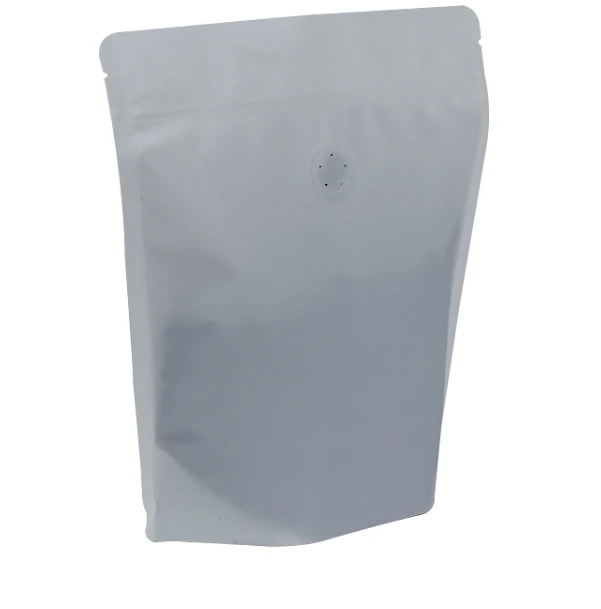- Afrikaans
- Albanian
- Amharic
- Arabic
- Armenian
- Azerbaijani
- Basque
- Belarusian
- Bengali
- Bosnian
- Bulgarian
- Catalan
- Cebuano
- chinese_simplified
- chinese_traditional
- Corsican
- Croatian
- Czech
- Danish
- Dutch
- English
- Esperanto
- Estonian
- Finnish
- French
- Frisian
- Galician
- Georgian
- German
- Greek
- Gujarati
- haitian_creole
- hausa
- hawaiian
- Hebrew
- Hindi
- Miao
- Hungarian
- Icelandic
- igbo
- Indonesian
- irish
- Italian
- Japanese
- Javanese
- Kannada
- kazakh
- Khmer
- Rwandese
- Korean
- Kurdish
- Kyrgyz
- Lao
- Latin
- Latvian
- Lithuanian
- Luxembourgish
- Macedonian
- Malgashi
- Malay
- Malayalam
- Maltese
- Maori
- Marathi
- Mongolian
- Myanmar
- Nepali
- Norwegian
- Norwegian
- Occitan
- Pashto
- Persian
- Polish
- Portuguese
- Punjabi
- Romanian
- Russian
- Samoan
- scottish-gaelic
- Serbian
- Sesotho
- Shona
- Sindhi
- Sinhala
- Slovak
- Slovenian
- Somali
- Spanish
- Sundanese
- Swahili
- Swedish
- Tagalog
- Tajik
- Tamil
- Tatar
- Telugu
- Thai
- Turkish
- Turkmen
- Ukrainian
- Urdu
- Uighur
- Uzbek
- Vietnamese
- Welsh
- Bantu
- Yiddish
- Yoruba
- Zulu
sealing fish
The Art and Science of Sealing Fish Preserving Freshness and Flavor
Sealing fish is a timeless method appreciated by chefs and home cooks alike for its ability to preserve freshness, enhance flavor, and extend shelf life. This technique, often referred to as vacuum sealing, is not only beneficial for the fish itself but also serves culinary enthusiasts in myriad ways.
What is Sealing Fish?
Sealing fish involves the process of removing air from the packaging around the fish before sealing it, often done with the help of a vacuum sealer. This method significantly reduces the amount of oxygen that comes into contact with the fish, which in turn slows down the oxidation process and prevents spoilage. The result is fish that retains its freshness for much longer periods compared to traditional storage methods.
Benefits of Sealing Fish
1. Extended Shelf Life One of the primary advantages of sealing fish is the dramatic increase in its shelf life. While fresh fish generally lasts about two days in the refrigerator, properly sealed fish can remain fresh for up to two weeks. When frozen, sealed fish can last for several months without compromising its quality.
2. Flavor Enhancement Sealing fish not only preserves it but also allows for better marination. When fish is vacuum-sealed with marinades, the flavors penetrate the flesh more thoroughly. This results in a more intensely flavored dish, as the absence of air helps to imbue the fish with spices and seasonings.
sealing fish

3. Reduction of Freezer Burn Freezer burn occurs when fish is exposed to air in the freezer, leading to dry patches and an unappetizing texture. Vacuum sealing removes air and creates a barrier, protecting the fish from freezer burn and ensuring a more pleasant texture and taste upon thawing.
4. Convenience and Portion Control For those who enjoy meal prepping or managing portion sizes, sealing fish is a practical solution. It allows individuals to portion their fish according to their needs, making it easier to thaw only the amount required for a meal and minimizing waste.
5. Safe Storage Vacuum sealing can also enhance the safety of fish storage. By minimizing bacterial growth and reducing the risk of contamination, sealed fish is less likely to harbor harmful pathogens. This is particularly crucial for raw fish, which is often used in sushi and sashimi.
The Sealing Process
The sealing process is relatively straightforward but requires attention to detail for optimal results. Start by selecting the freshest fish possible; the quality of the fish will ultimately determine the quality of the sealed product. After cleaning and prepping the fish, place it in the vacuum sealer bag with any desired marinades or seasonings. Ensure that there is enough space at the top of the bag to facilitate a proper seal. Using the vacuum sealer, remove the air and seal the bag securely.
Conclusion
Sealing fish is more than just a preservation technique; it’s an art that allows home cooks and professional chefs to explore the full potential of their seafood. By understanding and implementing the vacuum sealing process, culinary enthusiasts can enjoy fish that is not only safer and longer-lasting but also brimming with flavor. Whether you’re stocking up on your weekly catch or experimenting with new dishes, sealing fish can elevate your cooking experience and bring the brilliance of fresh seafood into your kitchen. So next time you acquire fresh fish, consider sealing it to maximize its quality and deepen your culinary adventures.













